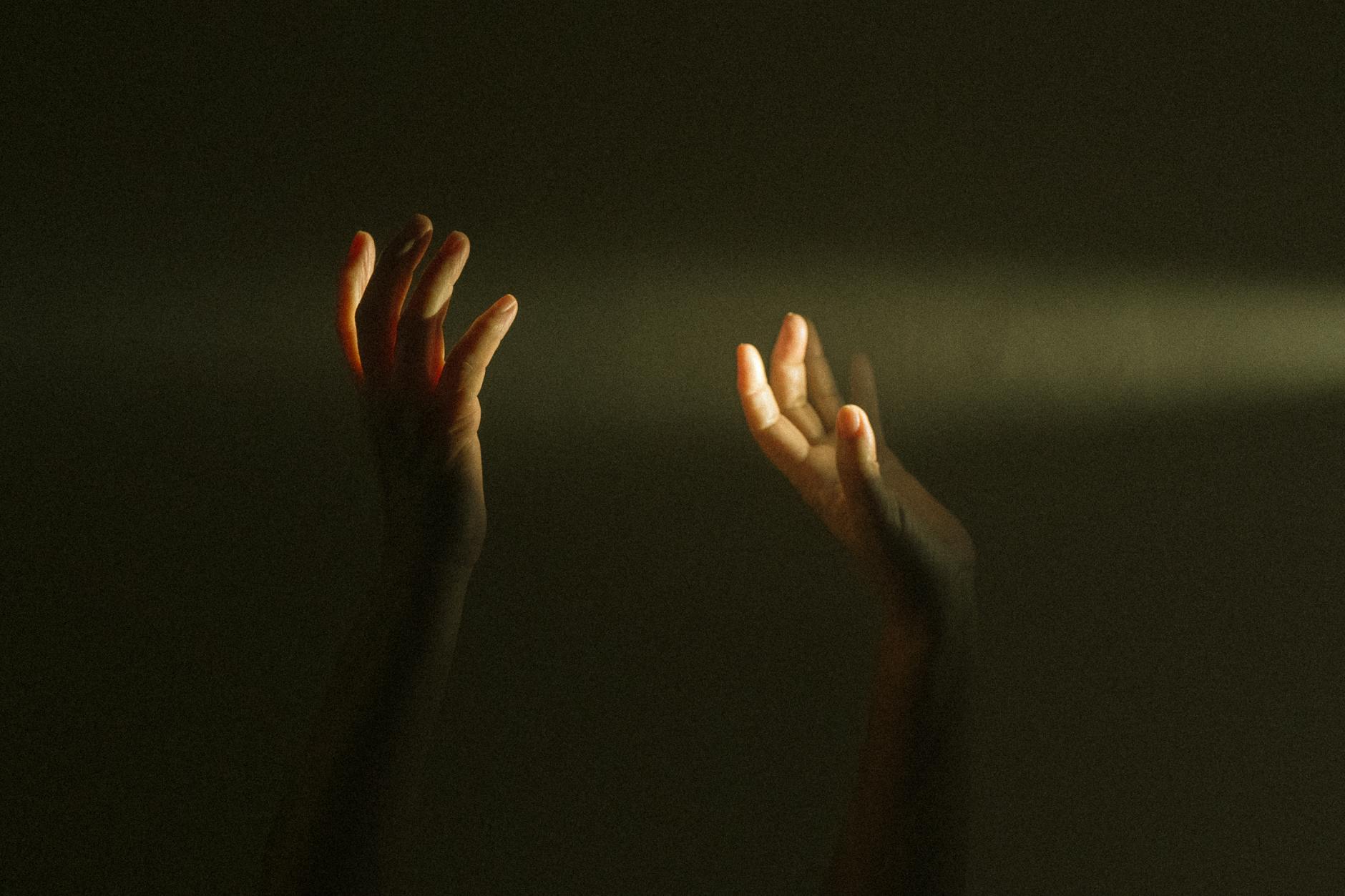Discover powerful strategies for healing, finding peace, and breaking free from the chains of trauma after experiencing PTSD.
Table of Contents
Living with PTSD can be a constant battle. The flashbacks, anxiety, and fear can feel overwhelming and isolating. But know this – you are not alone. Many others have walked this path before you, and there is hope for finding peace and healing. In this blog post, we will explore what PTSD is, how it affects individuals, and most importantly, how you can take steps towards reclaiming your life and well-being.
Understanding PTSD
Post-Traumatic Stress Disorder, or PTSD, is a mental health condition that can develop after experiencing a traumatic event. This event could be anything from a car accident to combat in a war zone. PTSD can manifest in various ways, including flashbacks, nightmares, hypervigilance, and avoidance of situations that trigger memories of the trauma.
It’s important to recognize that PTSD is not a sign of weakness. It is a natural response to an extraordinary situation, and seeking help is a sign of strength and resilience.
Common Symptoms of PTSD
PTSD symptoms can vary from person to person, but some common signs include:
- Flashbacks or intrusive memories of the traumatic event
- Nightmares
- Difficulty concentrating
- Feelings of guilt or shame
- Anger and irritability
If you are experiencing any of these symptoms, it’s essential to reach out for support from a mental health professional. You do not have to face this alone.
Healing from PTSD
Healing from PTSD is a journey, and it takes time and effort. Here are some steps you can take to begin the process of finding peace and healing:
Seek Professional Help
Therapy is a crucial component of healing from PTSD. A trained therapist can help you process your trauma, learn coping strategies, and work through the underlying issues that contribute to your symptoms. Cognitive Behavioral Therapy (CBT) and Eye Movement Desensitization and Reprocessing (EMDR) are two therapies commonly used to treat PTSD.
Build a Support System
Having a strong support system is essential when dealing with PTSD. Open up to trusted friends or family members about what you are going through. Join support groups or online communities where you can connect with others who understand your experiences.
Practice Self-Care
Self-care is not selfish – it is necessary for your well-being. Take time for activities that bring you peace and joy, whether it’s exercise, meditation, art, or spending time in nature. Prioritize your physical, emotional, and mental health.
| Topic | Description |
|---|---|
| Understanding PTSD | Learn about the symptoms and causes of post-traumatic stress disorder. |
| Seeking Help | Find resources for therapy, counseling, and support groups. |
| Self-Care Techniques | Discover ways to practice self-care and mindfulness to manage symptoms. |
| Building Resilience | Explore strategies for developing resilience and coping skills. |
| Healing Through Creativity | Engage in artistic and creative outlets as a form of healing. |
Stay Present
Practicing mindfulness can help ground you in the present moment and reduce the power of traumatic memories. Techniques such as deep breathing, meditation, and yoga can help calm your mind and body.
Don’t Give Up
Recovery from PTSD is not linear, and there may be setbacks along the way. Remember that healing is possible, and progress is made one step at a time. Be patient with yourself and celebrate even the smallest victories.
Finding Peace and Hope
Living with PTSD can feel like being trapped in a cycle of fear and pain. But there is hope for healing and reclaiming your life. By seeking support, practicing self-care, and staying present in the moment, you can break free from the chains of trauma and find peace.
Remember, you are not defined by your trauma. You are strong, brave, and capable of healing. Reach out for help, take care of yourself, and believe that a brighter tomorrow is possible.
Together, let’s break the chains of trauma and walk towards a future filled with peace, hope, and healing.
FAQs
Can PTSD be cured?
Answer 1: While there is no definitive cure for PTSD, it can be effectively managed with therapy, medication, and support. Many individuals experience significant improvement in symptoms and can lead fulfilling lives with proper treatment.
How long does it take to heal from PTSD?
Answer 2: The healing process from PTSD varies for each individual. It can take weeks, months, or even years to overcome the effects of trauma. Consistent therapy, self-care practices, and resilience building can help in the journey towards healing.
Is it normal to have setbacks in PTSD recovery?
Answer 3: Setbacks are common in PTSD recovery. Healing is not linear, and individuals may experience ups and downs along the way. It’s important to be patient with yourself, seek support when needed, and remember that progress is still being made.
How can I support a loved one with PTSD?
Answer 4: Supporting a loved one with PTSD involves listening, offering empathy, and encouraging them to seek professional help. Providing a safe and understanding environment, being patient, and showing unconditional love can make a significant difference in their healing journey.





